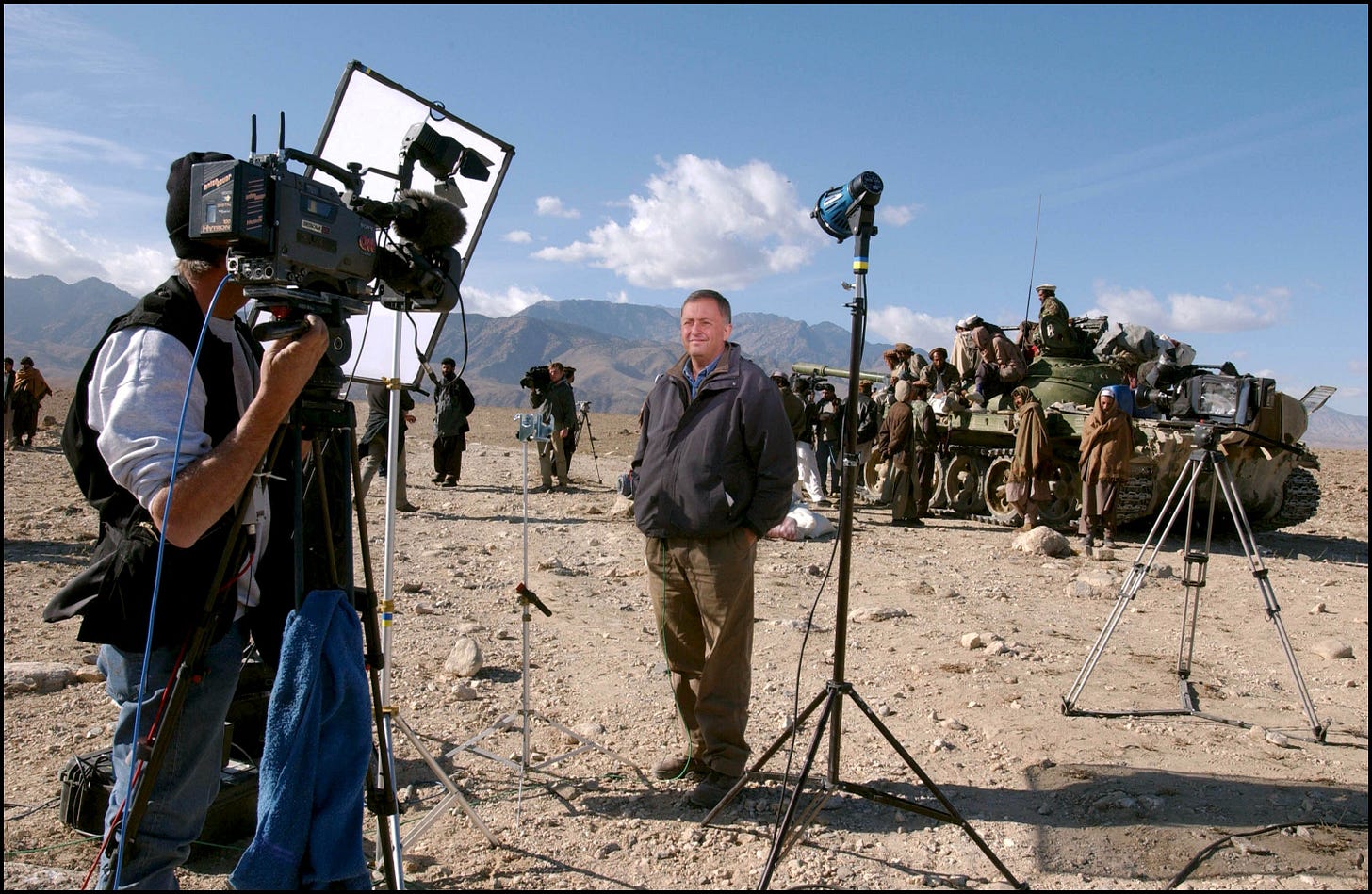The messengers left behind
The U.S. has left journalists to die in Afghanistan — until now. But can help come fast enough?
Journalism is too opaque and misunderstood. Chills gives a behind-the-scenes look at how dangerous investigative journalism gets made.

In 2018, a video journalist named Abadullah Hananzai, 26, who worked for the U.S.-funded RFE/RL’s Radio Azadi, was murdered in a double suicide bomb attack in Kabul. The second bomber had disguised himself as a media worker, and purposefully blew himself up in a group of reporters who’d rushed to cover the scene of the first blast. Hananzai was one of 25 people killed — including at least nine journalists.
Hananzai’s last public Facebook post “was a tribute to his former colleague Abdul Manan Arghand, a journalist who had been shot dead by unknown gunmen the previous week,” the Committee to Protect Journalists reported.
“Arghand is now a martyr for freedom of speech,” Hananzai wrote, just five days before he would become one himself.
In 2020, Afghanistan was tied for the deadliest country in the world for journalists, according to CPJ’s data. Since the United States. invaded the country in 2001, 64 journalists and media workers have been killed because of their work. Yet until Monday, those who worked for U.S. media outlets had no way to gain a visa to resettle in the United States.
Keep reading with a 7-day free trial
Subscribe to Chills, by Lauren Wolfe to keep reading this post and get 7 days of free access to the full post archives.



